
An article by Eugene Rurangwa, Land and Water Officer, FAO Regional Office for Africa
(The views expressed are solely the opinion of the writer and not binding on the organization)
The positive role of soil organic carbon in the global carbon cycle is receiving increasing and great attention at the international arena.
Soil organic carbon, acting as a natural and important carbon sink, capable of reducing significantly atmospheric CO2 has prompted the creation of the “4 per 1000” Initiative on carbon sequestration in soils for food security and climate change mitigation.
Launched in France in December 2015 during the COP 21, the "4 per 1000" initiative advocates for the increase of the soil organic matter content and carbon sequestration in the soil by at least 0.4% annually.
By doing so, it could halt significantly the increase of carbon dioxide in the atmosphere, which is the major contributor to the greenhouse effect and the climate change, as demonstrated by many experts. And equally important, it would also contribute to improve soil fertility and productivity.
The "4 per 1000" Initiative aims to improve the organic matter content in the soils and promote carbon sequestration in soils through the application of agricultural practices such as agro-ecology, agro forestry, conservation agriculture, sustainable soil and fertility management and landscape management.
All actions toward restoring, conserving and improving healthy soils, as a major carbon storage system, is critical for both sustainable agriculture productivity and for climate change mitigation. It is well acknowledged that the increase in Soil Organic Carbon stocks may enhance soil health, reduce soil erosion, increase soil biodiversity, improve soil storage functions, strengthen filtering and transformation of pollutants, while also increasing sequestration of CO2.
A part for being our main source of food, as 95% of our food come from soils, the world's soils, through the soil organic carbon, act also as the largest terrestrial carbon sink, reducing greenhouse gases in the atmosphere, hence playing a vital role in climate change mitigation.
Indeed, Soil Organic Carbon improve soil’s structure, improves water infiltration and retention or holding capacity, increases cation exchange capacity, and impacts soil fertility, a major controlling factor of agricultural productivity food and nutrition security.
With Carbon as its main component, Soil Organic Matter is so crucial to keep soil health and improve its fertility as it contributes enormously to improve positively all soil’s physical, chemical and biological characteristics, nutrients cycling, soil biodiversity, soil stability, enhancing there for soil productivity and allowing the world to produce more nutritious food with less natural capital for the continuous increasing population.
The climate change conference (COP23) held in Bonn in November 2017, in which FAO took an important role, recognized the need for improved soil carbon, soil health and soil fertility.This is fundamental and primordial if we need to break the continuous cycle of hunger and poverty and to attain our SDGs, especially SDG 1, 2, 3, 6, 7, 12, 13 and 15.
Soil is central to FAO’s mandate on Food and Nutrition Security and Agriculture productivity for a world without hunger.
FAO develops and promotes important and essential tools aimed at strengthening sustainable soil management at regional and country levels and supports countries to implement sustainable soil and fertility management methods and practices, enhancing soil organic carbon being one of them.
In the last three years, through the Global Soil Partnership, FAO has been actively working to incorporate Soils Organic Carbon (SOC) into the global agenda. In this regard, series of activities have been developed to contribute to the knowhow of SOC, to measure, monitor, manage, maintain and/or increase SOC stocks, preventing further SOC losses and, where feasible, providing incentives to increase SOC stocks in a changing world.
A Global Soil Organic Carbon Map was developed as a product of global efforts to collate existing SOC data from across the world, resulting in a map based on more than 1 million profiles. This has ensured to have a global product consistent with the national knowledge in SOC and gives the best available estimation of SOC stocks done through a country driven approach.
A worldwide capacity development program aimed at providing guidance and technical knowledge to national experts on collecting, managing, modelling and mapping SOC data and producing national SOC maps was provided.
Around 250 experts from 110 countries benefited from the program, including around 40 experts from sub-Saharan Africa. A Global Symposium on Soil Organic Carbon was organized in March 2017 in Rome at FAO HQs, where key recommendations were made to further unlock the potential of SOC and prevent further SOC losses and, where feasible and possible, provide incentives to increase SOC stocks. An International Network of Black Soils (INBS) was also launched during the Symposium and held its first meeting during the global symposium on black soils held in China in September this Year.
FAO is planning to do even more to promote soil organic carbon actions. A technical manual on SOC management at regional and sub-regional scale, with recommended management practices and actions to preserve and/or enhance SOC is in preparation.
The GSOC map will be improved with more data andtechnical guiding manuals on GSOC map will be produced and more countries in sub Saharan Africa will be supported to equip their soil laboratories and produce their national SOC maps and a Global SOC Monitoring System and Global Soil Information System (GLOSIS) will be developed.
Unlocking the full potential of our soils, through improved soil organic carbon, the fight against poverty, hunger, food insecurity, malnutrition and climate change patterns can certainly be won within the Malabo and SDGs deadlines, toward the AU Agenda 2063 for the Africa we want.
GNA
Read Full Story
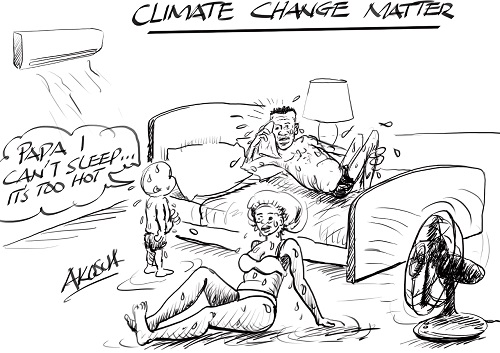

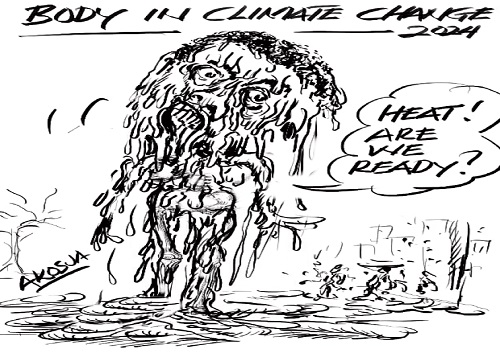

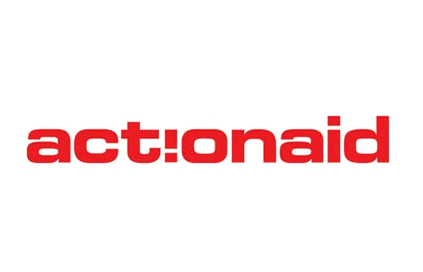



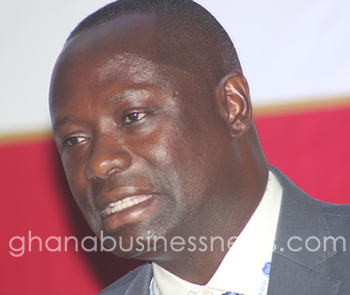






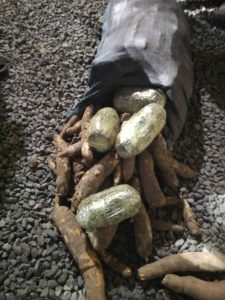





Facebook
Twitter
Pinterest
Instagram
Google+
YouTube
LinkedIn
RSS